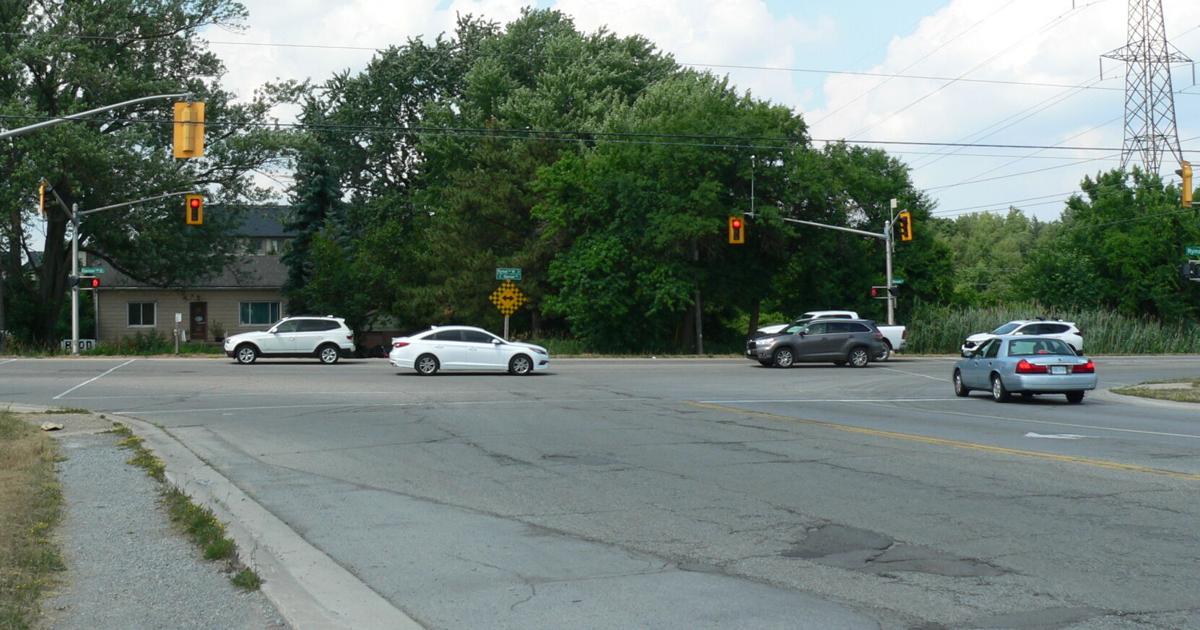Are you sure about that margin of error? The way I understand it is some euro countries do not allow the speedo to ever indicate low. That leads to speedos that are often ~5% faster than actual speed so with manufacturing tolerance, they never end up on the wrong side of the line. My last car read about 5% high, current car is bang on, wifes car is bang on. I have never been in a vehicle where I noticed the actual speed was above the indicated speed (unless they had messed with tire size).
It is like that for North American motor vehicle standards as well, the standards are written differently but it amounts to the same: throughout the entire plausible range of speed limits, the speedometer cannot read lower than the actual speed. It means - with stock tire sizes as prescribed on the label! - they ALL read higher than the actual speed, the only question is by how much.
Kawasaki digital speedometers read 7% high. I have a Speedohealer on one of them, which I have adjusted for this, so that one is actually quite accurate, but the other one uses the new-generation electronics based on the wheel speed sensors and the signals are all buried in canbus network communication, so there is no simple "vehicle speed sensor" signal for a Speedohealer to tamper with.
My car (digital speedo) reads about 4% high based on those "your speed" signs. But, it displays "0" until the speed reaches 4 km/h. It won't display anything less than that (shows "0"). So, there is a small range in which it actually does read lower than the actual speed ... but it's in a speed range that is not in the range where it is required to display high.
My van is accurate, no more than 1% off. Designed to be a commercial vehicle, so perhaps that's not surprising. Can't have the vehicle responsible for a ticket, but almost as importantly, can't have the vehicle responsible for a late delivery.
My olde Yamaha FZR400 with an old school mechanical cable-driven speedometer is quite accurate, within a percent or two.
My Honda CBR125 (new generation, digital speedo) is the worst offender ... 10% high. I think this is at or close to the upper limit on how much too high it is allowed to display. Non-stock front tire size probably accounts for about 1% of that.


















